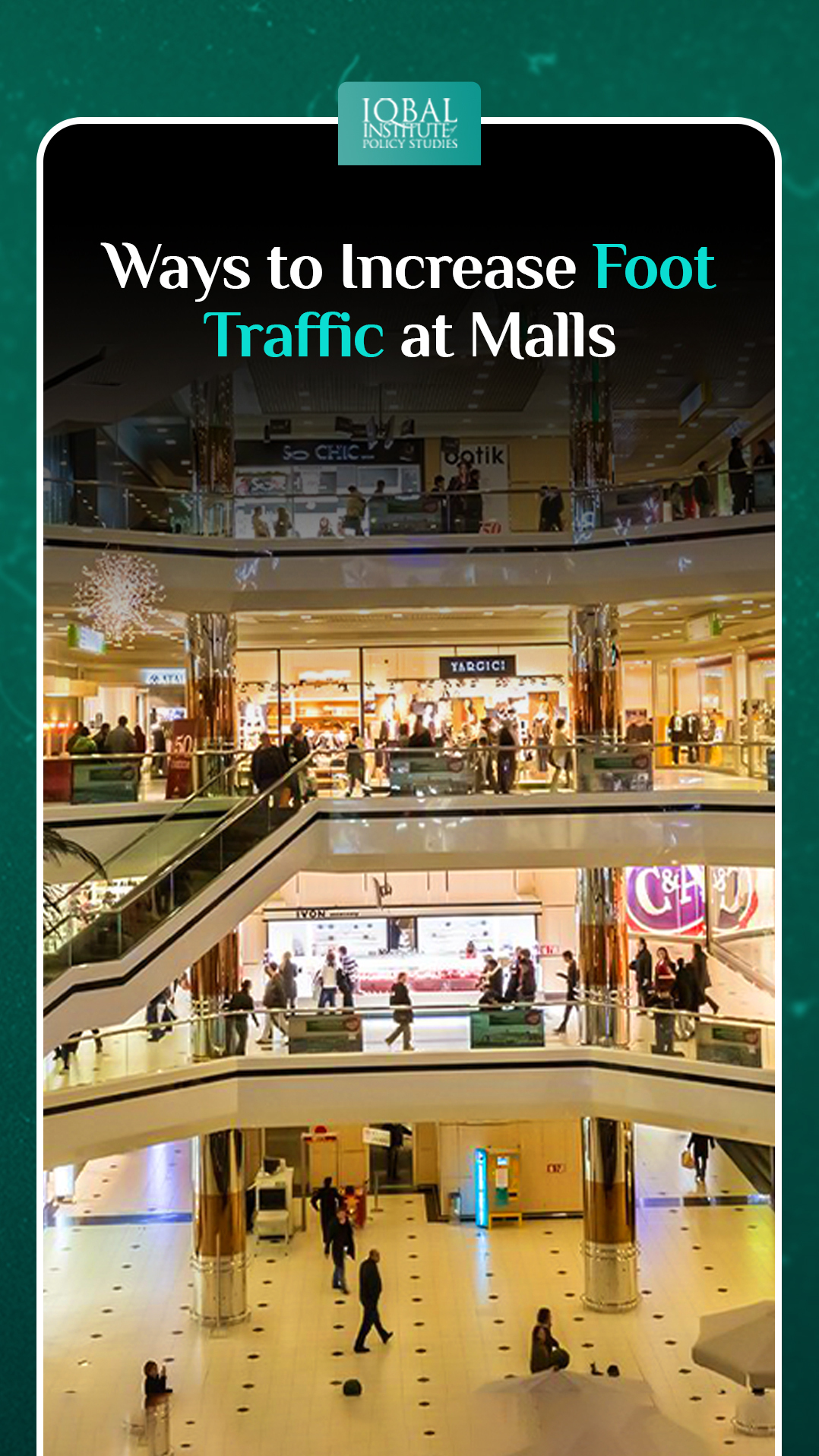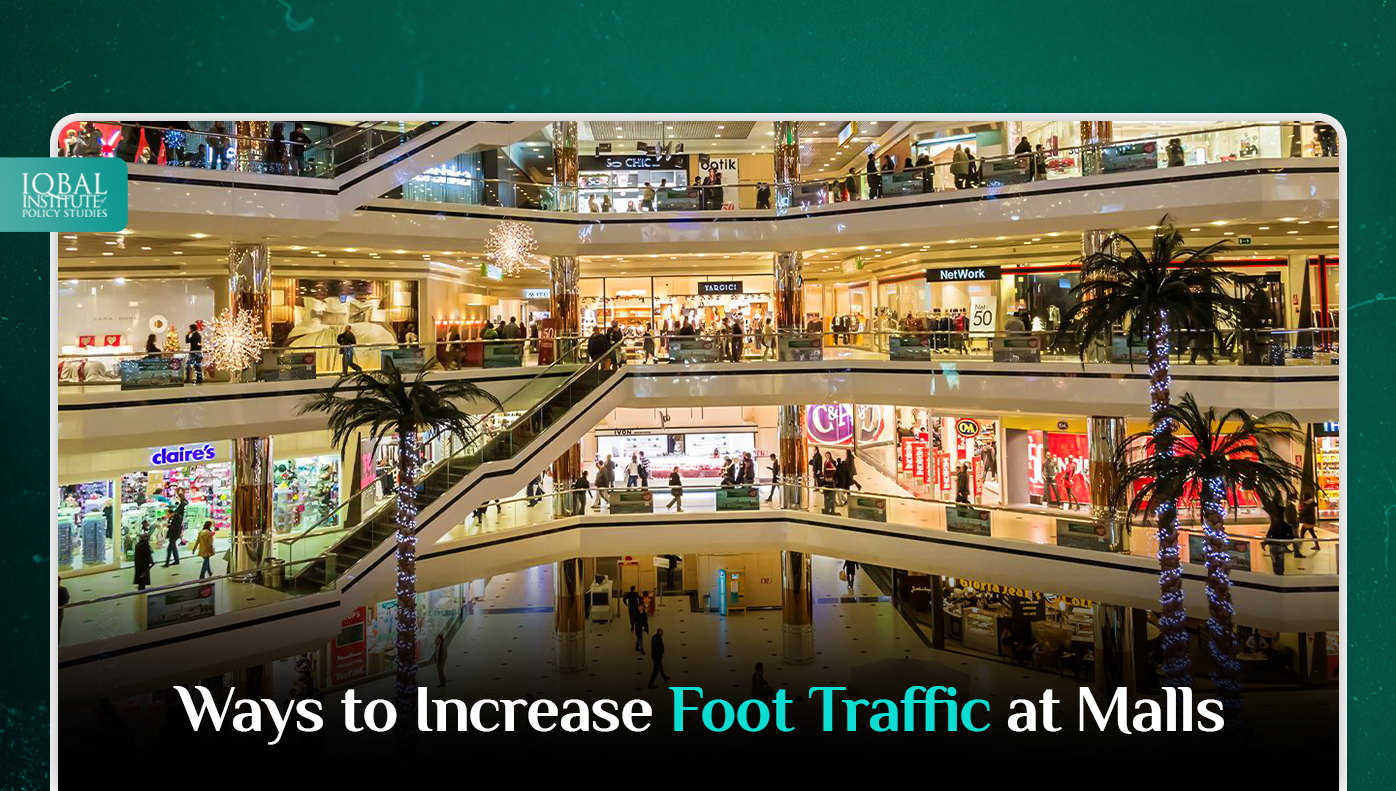Operating a shopping mall can seem challenging in a world that is becoming increasingly digital. Gone are the days when developers were safe in the heyday of bustling shopping malls with the ‘if you build it, they will come’ strategy. Establishing and maintaining relevance today as a sought-after shopping destination is difficult. Some malls have seen a decline in foot traffic as well. One of the primary reasons is that the traditional “trip to the store” is being supplanted by online ordering, especially among tech-savvy millennial and Gen Z age groups. However, shopping has become a much more multifaceted experience than just procuring desired goods. The majority of consumers still prefer to visit a physical store to see and touch the items they’re planning to purchase. Thus, malls can negate online competition by developing new strategies for luring customers away from their homes and into their stores. By balancing a thorough understanding of both extensively universal, sociocultural trends and distinctive, localised insights into the community they serve, malls can resonate with visitors. Such practices will transform malls into community hubs, providing efficiency, connectivity, and convenience, spurring local development, and adding value to the entire community.
How to Boost Foot Traffic?
Make them Entertainment Centers
Developers need to create incentives and motivation for customers to visit the mall and spend time there. Customers prefer experiences over visiting a place to eat and shop. Thus, mall traffic can be increased by dedicating spaces and hosting entertainment events. For instance, inviting community groups and non-profit organisations to hold events can generate the lucrative opportunity of increasing foot traffic. It will also turn customer disinterest into excitement by offering a variety of arenas that tempt them to visit your mall and spend more time there.
Build a Social Media Presence
Managing virtual assets is as significant as maintaining physical property. Building a strong social media presence is an effective way of establishing credibility and interacting with customers who may not be planning a trip to the mall at the time. Offering discounts, promoting events such as fall festivals, and increasing mall tenants will keep the social media content consistent and innovative. Shopping malls may integrate #hashtag campaigns into their social media strategies to expand the following. Moreover, research can lead to the most famous bloggers, Tweeters, and Instagrammers in the area who can create social buzz for the mall. Also, investing in Facebook Ads is a low-risk advertising strategy that can accommodate nearly any budget.
Mix–use Malls
If the mall fails to benefit from entertainment options, developers can avail of the mixed-use plan to boost mall traffic. Many mall complexes worldwide have converted their vacant spaces to include hotels, apartments, offices, or play areas. Promote the convenience of nearby shopping to the people who use those facilities. For example, In New York City, Nordstrom has a barbershop in its men’s store. This is a valuable service to customers and a great way to get them to return to your store more frequently (McKinnon, McCullough, & Rudolph, 2022).
Data Collection
To gauge the success of mall initiatives, it’s crucial to set up a people-counting solution before beginning traffic-boosting strategies. Place people counters in parking lots, entrances to certain venues, and other strategic locations to keep track of where the visitors are going. The data gathered over time will help get a better idea of successful mall traffic trends as well as areas that require improvement. The gathered information will assist in adapting the vision of mall spaces and selecting the business’s most lucrative options. Such strategies will result in long-term returns on investments in the form of increased traffic and revenue growth.
Offer Customer Friendly Services
Offering customer-friendly services such as “Buy Online, Pickup In-Store” (BOPIS) is one great method to get customers through your doors. This smart strategy provides shoppers with the ease of purchasing online as well as the speed of collecting their purchases at no additional expense and is more efficient than waiting for a package in the mail. According to a Forrester study, 46% of shoppers are lured into spending more than the original BOPIS purchase if they obtain a personalised discount or deal when picking up their purchases in-store (Wadsworth, 2022). Moreover, employees significantly influence the likelihood of a customer returning to the mall. Therefore, investing in employee training, hospitality, and customer services can generate foot traffic.
Use of Location-Based Apps
Malls can provide relevant communications and intriguing offers to customers at just the right times by using location-based apps and insights. For example, a store or fast food restaurant in the mall could prompt shoppers with promotional messages designed to entice visits and purchases, particularly if the communication is time-sensitive, such as a limited-time offer. Moreover, use customer data insights, such as transaction history, to personalise and create in-person offers that demonstrate the mall’s devotion to providing value and the type of experience that keeps customers coming back.
Email Marketing
Drip campaigns with incentives can help attract new customers, pique their interest, and encourage them to visit the mall in person. Email isn’t going away anytime soon, and tactical email marketing can be extremely profitable and effective when done correctly. Plan a drip campaign to retarget the clients in order to boost foot traffic and sales.
Create Co-Working Spaces
Provide areas for customers to work and socialise by making space in the mall for co-working spaces. The spaces should rent out desks and offices and provide access to printing, video games, and copying stations. Users can also get technical assistance when required. This will attract tech-savvy gen-Z and millennial generations to the mall, eventually increasing the foot traffic. Traffic from co-working spaces may also enter the mall.
Conclusion
In a world that is becoming more digitally oriented by the day, running a physical retail location can seem intimidating. There’s no refuting that online shopping has grown in popularity in recent years. This is negatively impacting the foot traffic in malls as a result. Today customers require a compelling reason to visit the mall. Therefore, by using the right strategies, malls can expand beyond merely being a place to shop if transformed into more interactive experiences for visitors. It can also make the mall a community destination with greater foot traffic.
References
McKinnon, T., McCullough, E., & Rudolph, B. (2022, March 16). The Top 20 Best Ideas for Increasing Foot Traffic to Your Store. Retrieved from Indigo9Digital: https://www.indigo9digital.com/blog//15-of-the-best-ideas-for-increasing-foot-traffic-into-your-store
Wadsworth, C. (2022, April 28). How to Boost Mall Traffic with a Consumer-Centered Retail Strategy. Retrieved from TRAF-SYS: https://www.trafsys.com/how-to-boost-mall-traffic-with-a-consumer-centered-retail-strategy//



Leave a Reply